参考:
Carla系列——4.Cara模拟器添加语义分割相机(Semantic segmentation camera)
Carla自动驾驶仿真五:opencv绘制运动车辆的boudingbox(代码详解)
Carla官网Bounding Boxes
Carla官网创建自定义语义标签
一、模型导入
将建好的模型导入Carla中,放入D:\carla\Unreal\CarlaUE4\Content\Carla\Static\ [TagName]文件夹下,可以自定义标签(后面会写操作),也可以直接放入已有文件夹中(即标签)。
在Carla的这个文件夹中,每个文件夹代表一个标签,一个标签对应语义分割图像中的一个颜色。
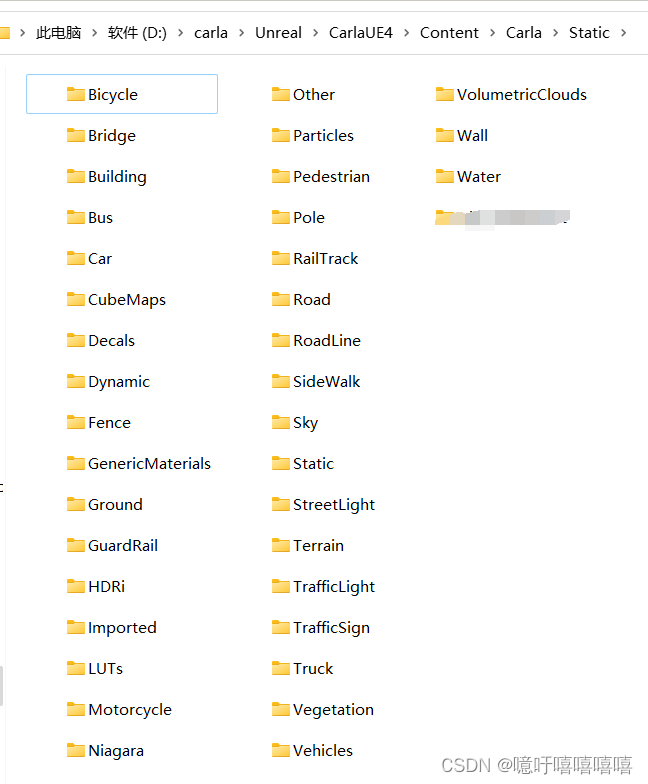
例如:我将我的模型放在了D:\carla\Unreal\CarlaUE4\Content\Carla\Static\Building\Oil _\下面:
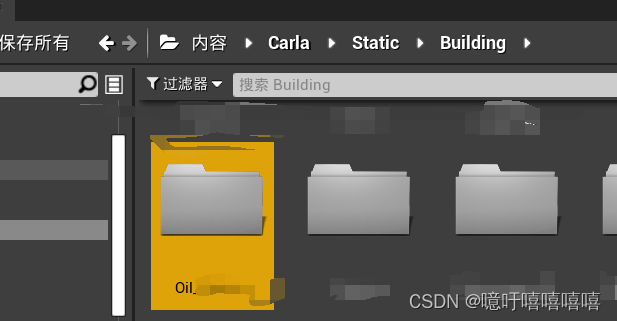
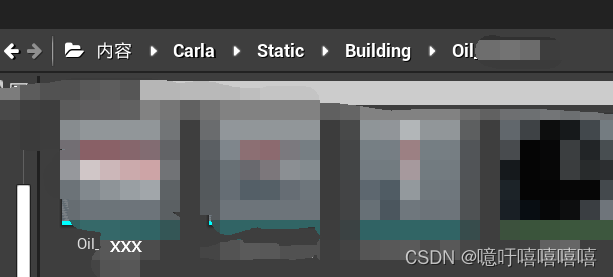
但后面我将改为放在自定义标签下:D:\carla\Unreal\CarlaUE4\Content\Carla\Static\WjyModelTest\Oil _\
二、将模型加入PropFactory蓝图
在D:\carla\Unreal\CarlaUE4\Content\Carla\Blueprints\Props\中打开PropFactory蓝图,找到DefinitionMaps数组,在该数组中添加新的条目,填入导入的模型所在的路径位置和相关信息。

在D:\carla\Unreal\CarlaUE4\Content\Carla\Config\Default.Package.json中,填入新模型的信息。

三、添加自定义的语义标签类别
1.创建新的语义ID
打开 D:\carla\LibCarla\source\carla\rpc\ObjectLabel.h 文件,在枚举末尾添加新标记,使用与其他标记相同的格式。

2.为资源创建 UE 文件夹
打开虚幻引擎编辑器,然后转到 D:\carla\Unreal\CarlaUE4\Content\Carla\Static。创建一个名为您的标签的新文件夹。
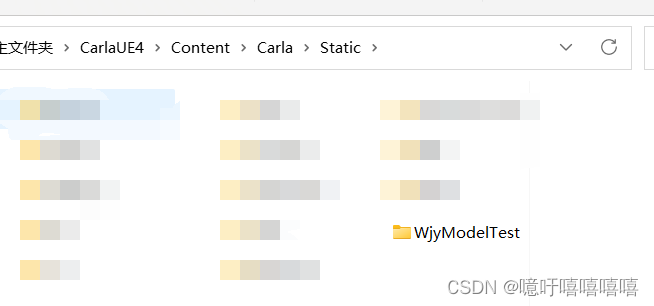
3.在UE和代码标签之间创建双向对应关系
在 D:\carla\Unreal\CarlaUE4\Plugins\Carla\Source\Carla\Game 中打开 Tagger.cpp。
(1)转到 GetLabelByFolderName,在列表末尾添加您的标记。要比较的字符串中使用的 UE 文件夹的名称,因此此处使用完全相同的名称。

(2)转到 GetTagAsString 中。在交换机末尾添加新标记。
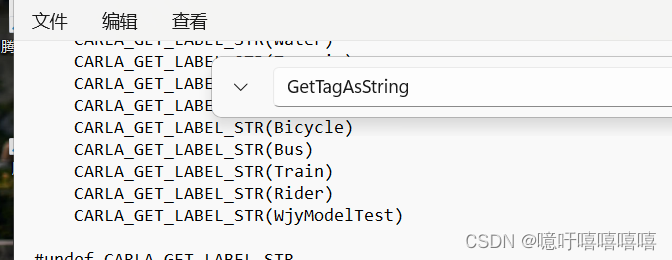
4.定义颜色代码
打开 D:\carla\LibCarla\source\carla\image\CityScapesPalette.h ,在数组末尾添加新标记的颜色代码。
上面一行的末尾记得加逗号,在这里我将颜色定义为了大红色

新的语义标记已准备就绪,可供使用。只有存储在标签的 UE 文件夹中的网格才会被标记为这样。将相应的网格移动或导入到新文件夹,以便正确标记。
5.向 carla 添加标签
此步骤与语义分割没有直接关系。但是,这些标记可用于筛选 carla 中的边界框查询。为此,必须将标签添加到 carla PythonAPI 中的 CityObjectLabel 枚举。打开 D:\carla\PythonAPI\carla\source\libcarla\World.cpp

如果你使用的了自定义的文件夹,记得修改上面有关该模型位置的路径信息!
四、语义分割相机&BoundingBox检测模型是否正确
将模型拖入到场景中之后,运行以下代码:
语义分割代码:
import glob
import os
import sys
import time
import random
import time
import numpy as np
import cv2try:sys.path.append(glob.glob('../carla/dist/carla-*%d.%d-%s.egg' % (sys.version_info.major,sys.version_info.minor,'win-amd64' if os.name == 'nt' else 'linux-x86_64'))[0])
except IndexError:passimport carla
from carla import Transform, Location, RotationIM_WIDTH = 640
IM_HEIIGHT = 480def process_semantic(image):image.convert(carla.ColorConverter.CityScapesPalette)array = np.frombuffer(image.raw_data, dtype=np.dtype("uint8"))array = np.reshape(array, (image.height, image.width, 4))array = array[:, :, :3]cv2.imshow("", array)cv2.waitKey(20)return array / 255.0actor_list = []
try:# 连接masterclient = carla.Client('localhost', 2000)client.set_timeout(5.0)world = client.get_world()blueprint_library = world.get_blueprint_library()bp = blueprint_library.filter("model3")[0]spawn_point = Transform(Location(x=54.469772, y=-64.348633, z=0.600000), Rotation(pitch=0.000000, yaw=179.976562, roll=0.000000))vehicle = world.spawn_actor(bp, spawn_point)vehicle.set_autopilot(enabled=True)actor_list.append(vehicle)# 添加一个语义分割相机sem_cam = Nonesem_bp = world.get_blueprint_library().find('sensor.camera.semantic_segmentation')sem_bp.set_attribute("image_size_x", f"{IM_WIDTH}")sem_bp.set_attribute("image_size_y", f"{IM_HEIIGHT}")sem_bp.set_attribute("fov", str(105))sem_location = carla.Location(-5, 0, 2.5)sem_rotation = carla.Rotation(0, 0, 0)sem_transform = carla.Transform(sem_location, sem_rotation)sem_cam = world.spawn_actor(sem_bp, sem_transform, attach_to=vehicle, attachment_type=carla.AttachmentType.Rigid)actor_list.append(sem_cam)# 监听相机,并显示图像sem_cam.listen(lambda image: process_semantic(image))time.sleep(50)finally:for actor in actor_list:actor.destroy()print("All cleaned up!")
运行效果:

使用自定义语义标签运行效果:
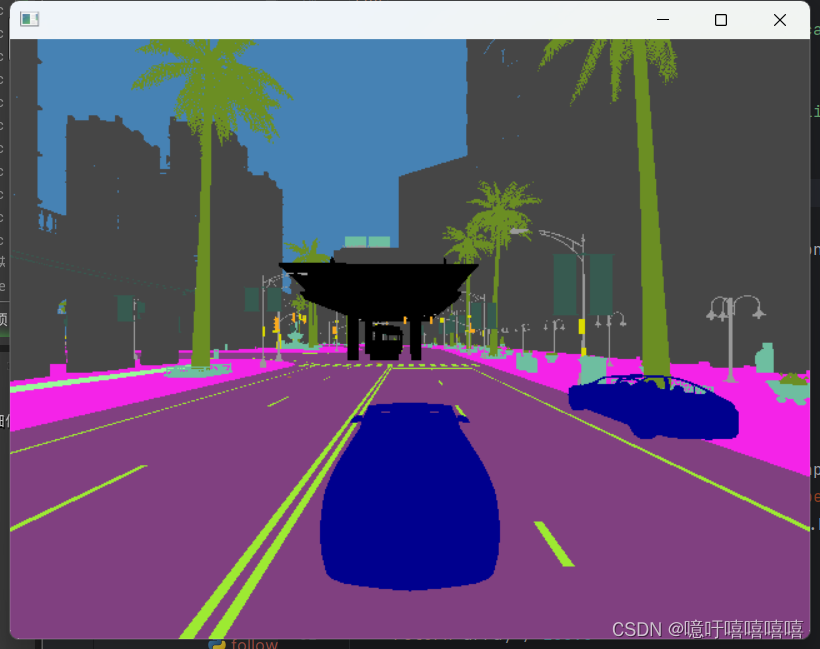
我去失败了!先去吃饭回来再看
BoundingBox代码:
import glob
import os
import systry:sys.path.append(glob.glob('../carla/dist/carla-*%d.%d-%s.egg' % (sys.version_info.major,sys.version_info.minor,'win-amd64' if os.name == 'nt' else 'linux-x86_64'))[0])
except IndexError:passimport carla
from carla import Transform, Location, Rotation
import random
import queue
import numpy as np
import cv2#构造相机投影矩阵函数
def build_projection_matrix(w, h, fov):focal = w / (2.0 * np.tan(fov * np.pi / 360.0))K = np.identity(3)K[0, 0] = K[1, 1] = focalK[0, 2] = w / 2.0K[1, 2] = h / 2.0return Kdef get_image_point(loc, K, w2c):# 计算三维坐标的二维投影# 格式化输入坐标(loc 是一个 carla.Position 对象)point = np.array([loc.x, loc.y, loc.z, 1])# 转换到相机坐标系point_camera = np.dot(w2c, point)# 将坐标系从 UE4 的坐标系转换为标准坐标系(y, -z, x),同时移除第四个分量point_camera = [point_camera[1], -point_camera[2], point_camera[0]]# 使用相机矩阵进行三维到二维投影point_img = np.dot(K, point_camera)# 归一化point_img[0] /= point_img[2]point_img[1] /= point_img[2]return point_img[0:2]# 生成的对象列表
actor_list=[]try:#连接Carla并获取世界client = carla.Client('localhost', 2000)world = client.get_world()bp_lib = world.get_blueprint_library()# 生成车辆vehicle_bp =bp_lib.find('vehicle.lincoln.mkz_2020')spawn_points = random.choice(world.get_map().get_spawn_points())print(spawn_points)spawn_point = Transform(Location(x = 27.142294, y = 66.283257, z = 0.600000), Rotation(pitch=0.000000, yaw=-179.926727, roll=0.000000))vehicle = world.try_spawn_actor(vehicle_bp, spawn_points)actor_list.append(vehicle)# 生成相机camera_bp = bp_lib.find('sensor.camera.rgb')camera_bp.set_attribute('image_size_x','960')camera_bp.set_attribute('image_size_y','540')camera_init_trans = carla.Transform(carla.Location(z=2))camera = world.spawn_actor(camera_bp, camera_init_trans, attach_to=vehicle)actor_list.append(camera)vehicle.set_autopilot(True)#生成目标车辆for i in range(20):vehicle_bp = random.choice(bp_lib.filter('vehicle'))npc = world.try_spawn_actor(vehicle_bp, random.choice(world.get_map().get_spawn_points()))if npc:npc.set_autopilot(True)actor_list.append(npc)# 设置仿真模式为同步模式settings = world.get_settings()settings.synchronous_mode = True # 启用同步模式settings.fixed_delta_seconds = 0.05world.apply_settings(settings)# 创建对接接收相机数据image_queue = queue.Queue()camera.listen(image_queue.put)# 从相机获取属性image_w = camera_bp.get_attribute("image_size_x").as_int() # 图像宽度image_h = camera_bp.get_attribute("image_size_y").as_int() # 图像高度fov = camera_bp.get_attribute("fov").as_float() # 视场角# 计算相机投影矩阵,用于从三维坐标投影到二维坐标K = build_projection_matrix(image_w, image_h, fov)edges = [[0,1], [1,3], [3,2], [2,0], [0,4], [4,5], [5,1], [5,7], [7,6], [6,4], [6,2], [7,3]]# 获取第一张图像world.tick()image = image_queue.get()# 将原始数据重新整形为 RGB 数组img = np.reshape(np.copy(image.raw_data), (image.height, image.width, 4))# 在 OpenCV 的显示窗口中显示图像cv2.namedWindow('ImageWindowName', cv2.WINDOW_AUTOSIZE)cv2.imshow('ImageWindowName', img)cv2.waitKey(1)while True:# 更新世界状态并获取图像world.tick()image = image_queue.get()img = np.reshape(np.copy(image.raw_data), (image.height, image.width, 4))# 获取相机投影矩阵world_2_camera = np.array(camera.get_transform().get_inverse_matrix())for npc in world.get_actors().filter('*vehicle*'):# 过滤掉自车if npc.id != vehicle.id:bb = npc.bounding_boxdist = npc.get_transform().location.distance(vehicle.get_transform().location)# 筛选距离在50米以内的车辆if dist < 50:forward_vec = vehicle.get_transform().get_forward_vector()ray = npc.get_transform().location - vehicle.get_transform().location# 计算车辆前进方向与车辆之间的向量的点积,# 通过阈值判断是否在相机前方绘制边界框if forward_vec.dot(ray) > 1:p1 = get_image_point(bb.location, K, world_2_camera)verts = [v for v in bb.get_world_vertices(npc.get_transform())]for edge in edges:p1 = get_image_point(verts[edge[0]], K, world_2_camera)p2 = get_image_point(verts[edge[1]], K, world_2_camera)cv2.line(img, (int(p1[0]), int(p1[1])), (int(p2[0]), int(p2[1])), (255, 0, 0, 255), 1)cv2.imshow('ImageWindowName', img)if cv2.waitKey(1) == ord('q'):breakcv2.destroyAllWindows()finally:for actor in actor_list:actor.destroy()print("All cleaned up!")运行效果:
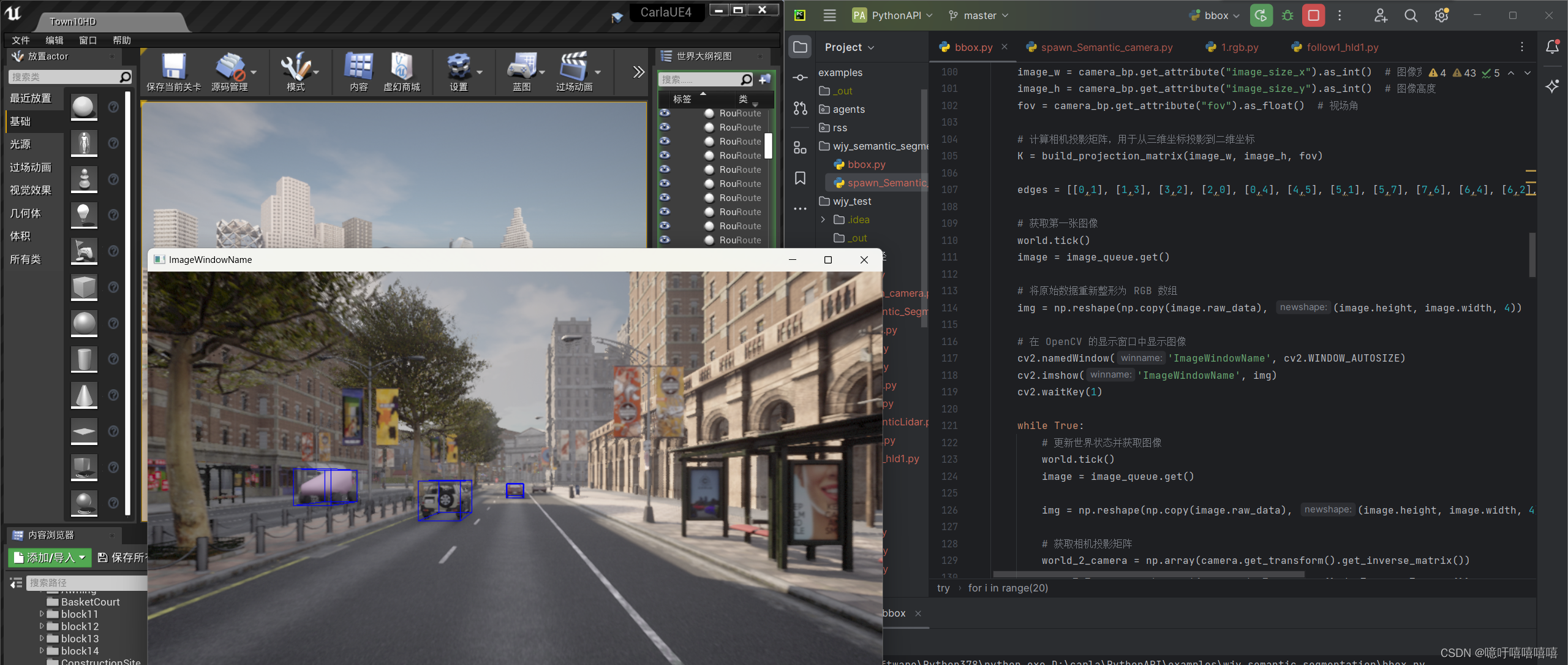



,万字长文解析先进智慧园区建设方案经验)



--构造函数)


)
)

——破解“口红糖”中的电路)




)
